In the fast-paced world of business-to-business (B2B) marketing, staying ahead of the curve is essential for generating leads, building relationships, and ultimately driving sales. Digital marketing offers a multitude of opportunities for B2B companies to connect with their target audience, but it requires a well-planned strategy to be successful.
Unlike B2C marketing, B2B marketing involves longer sales cycles, complex decision-making processes, and multiple stakeholders. As a result, B2B digital marketing strategies need to focus on building trust, providing value, and demonstrating expertise. In this blog post, we’ll explore several effective B2B digital marketing strategies that can help your business thrive in the digital landscape.
1. Content Marketing for Lead Generation
Content marketing is the cornerstone of any successful B2B digital marketing strategy. High-quality, relevant content helps establish your brand as a thought leader, attracts potential clients, and nurtures leads throughout the buyer’s journey. The key to effective content marketing is providing valuable information that addresses your target audience’s pain points and needs. Some content marketing strategies to consider include:
- Blog Posts: Regularly publish blog posts that provide industry insights, tips, and solutions to common challenges faced by your audience.
- Whitepapers and E-books: Create in-depth resources that provide actionable strategies and insights. These can be gated behind lead capture forms to help generate qualified leads.
- Case Studies: Showcase how your products or services have helped other businesses succeed by creating detailed case studies.
- Webinars and Videos: Host webinars or produce video content that educates your audience on relevant topics while showcasing your expertise.
B2B buyers often research extensively before making purchasing decisions. By providing informative content, you can build trust and position your brand as a go-to resource in your industry.
2. Search Engine Optimization (SEO)
Search engine optimization (SEO) is essential for ensuring your content is easily discoverable by potential clients when they search for relevant topics online. B2B buyers often begin their research process through search engines like Google, so ranking highly for targeted keywords can significantly impact your visibility. Some key SEO strategies for B2B marketing include:
- Keyword Research: Identify keywords that are relevant to your industry, products, and services. Focus on long-tail keywords that reflect the specific needs of your target audience.
- On-Page SEO: Optimize your website’s meta titles, descriptions, headers, and content to include relevant keywords and improve your chances of ranking in search results.
- Technical SEO: Ensure your website is mobile-friendly, loads quickly, and is structured for easy navigation. These factors contribute to a positive user experience and higher search rankings.
- Link Building: Earn backlinks from reputable industry websites to boost your domain authority and improve your rankings.
By implementing a solid SEO strategy, your website can become a valuable source of organic traffic and leads.
3. Email Marketing for Nurturing Leads
Email marketing remains one of the most effective channels for nurturing B2B leads. Unlike B2C email marketing, where the focus may be on quick conversions, B2B email campaigns are often designed to build relationships over time. Some key strategies for B2B email marketing include:
- Segmentation: Segment your email list based on factors like industry, company size, and position to deliver more personalized content.
- Lead Nurturing Sequences: Create automated email sequences that guide potential clients through the buyer’s journey by providing valuable resources, case studies, and product information.
- Newsletters: Regularly send out newsletters that feature your latest blog posts, industry news, and company updates to stay top of mind with your audience.
- Personalization: Use data to personalize your emails with the recipient’s name, company, and relevant content based on their behavior.
Effective email marketing helps keep your brand in front of potential clients and moves them closer to making a purchasing decision.
4. Account-Based Marketing (ABM)
Account-based marketing (ABM) is a highly targeted approach that focuses on identifying and engaging high-value accounts rather than casting a wide net. ABM is particularly effective in B2B marketing, where you may be targeting specific companies or decision-makers. Key components of ABM include:
- Account Segmentation: Identify key accounts that are most likely to benefit from your products or services. These accounts should align with your ideal customer profile (ICP).
- Personalized Campaigns: Create highly personalized content and marketing campaigns tailored to the specific needs and challenges of each account.
- Multi-Channel Outreach: Engage key accounts through a combination of channels, including email, social media, and direct mail.
- Sales and Marketing Alignment: Ensure that your sales and marketing teams are working together to create a seamless experience for the target accounts.
ABM allows you to focus your marketing efforts on accounts that offer the greatest potential for ROI, resulting in more effective and efficient marketing.
5. LinkedIn Advertising for Targeted Reach
LinkedIn is the go-to platform for B2B marketing, offering unparalleled access to decision-makers and professionals across various industries. LinkedIn Ads allow you to target users based on their job title, company size, industry, and other relevant factors. Some effective LinkedIn advertising strategies include:
- Sponsored Content: Promote your blog posts, case studies, and other content directly in users’ LinkedIn feeds to increase visibility and engagement.
- Lead Gen Forms: Use LinkedIn’s lead gen forms to capture leads directly within the platform, making it easier for users to sign up for your content without leaving LinkedIn.
- InMail Campaigns: Send personalized messages to potential clients through LinkedIn’s InMail feature to generate direct conversations with decision-makers.
LinkedIn Ads are highly effective for reaching the right audience and driving B2B lead generation.
6. Pay-Per-Click (PPC) Advertising
Pay-per-click (PPC) advertising allows B2B businesses to bid on keywords relevant to their products and services and display ads to potential clients when they search for those terms. Google Ads is one of the most popular PPC platforms for B2B marketing. To maximize your PPC efforts, consider the following:
- Targeted Keywords: Bid on keywords that are relevant to your industry and have the potential to attract high-quality leads.
- Landing Page Optimization: Ensure that the landing pages linked to your ads are optimized for conversion, with clear CTAs and relevant information.
- A/B Testing: Continuously test different ad copy, headlines, and visuals to determine which versions perform best.
PPC advertising can drive targeted traffic to your website and generate qualified leads quickly.
7. Video Marketing for B2B
Video marketing is becoming an increasingly popular tool for B2B companies, as it allows you to communicate complex information in an engaging and easily digestible format. Video content can include:
- Product Demos: Showcase your product’s features and benefits through detailed demonstrations.
- Customer Testimonials: Share customer success stories to build credibility and trust.
- Webinars and Tutorials: Provide educational content that helps your audience solve their challenges while highlighting your expertise.
Video marketing helps humanize your brand and can lead to higher engagement and conversion rates.
B2B digital marketing strategies are essential for attracting and converting leads in the increasingly competitive online marketplace. By leveraging content marketing, SEO, email marketing, ABM, LinkedIn advertising, PPC, and video marketing, your business can build lasting relationships, demonstrate value, and ultimately drive growth. Implementing these strategies with a focus on personalization, data-driven decision-making, and alignment between sales and marketing will give your business a competitive edge in the digital world.
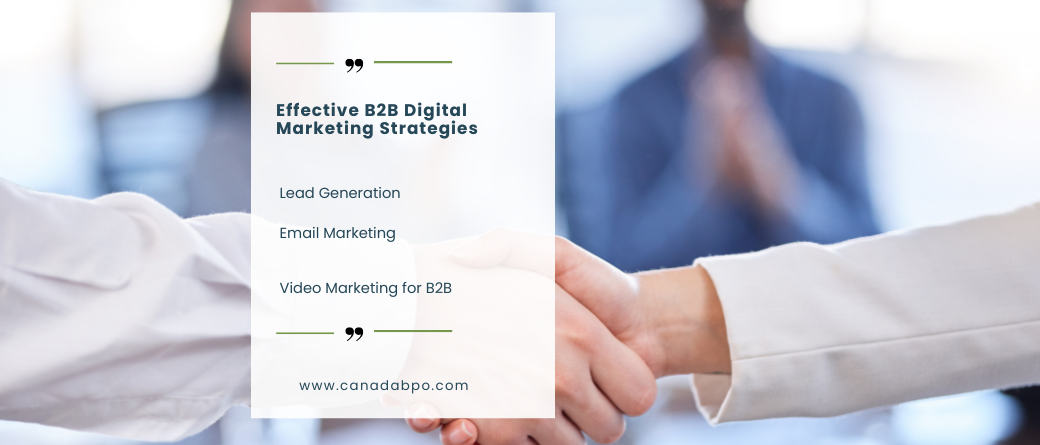
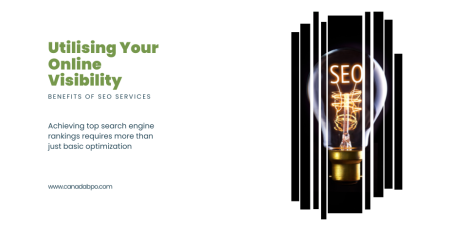

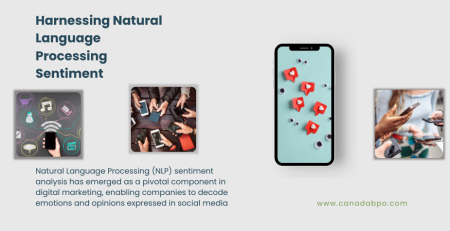

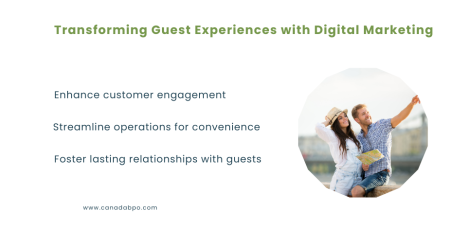
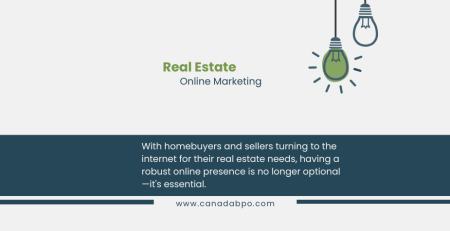

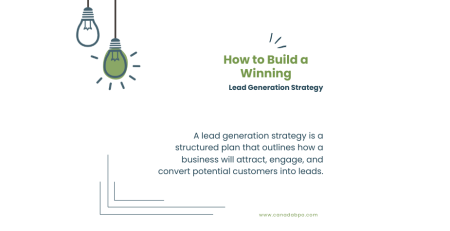
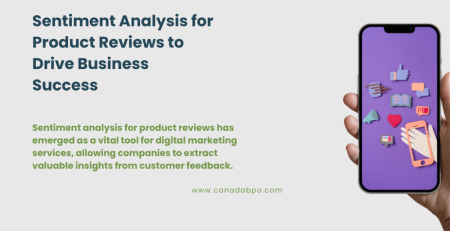

Leave a Reply